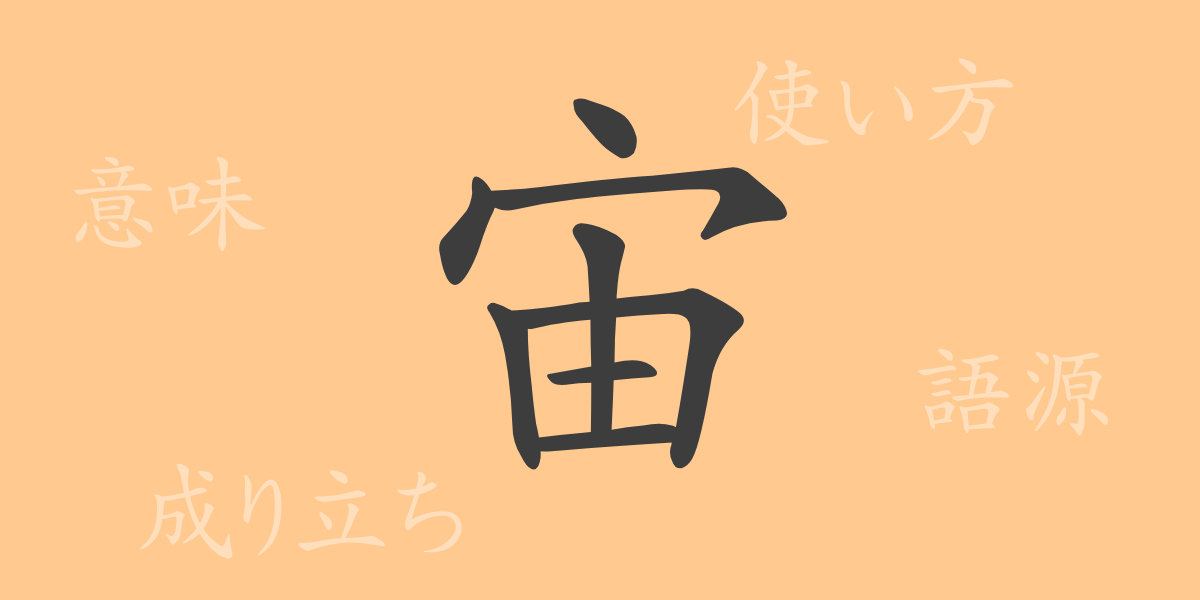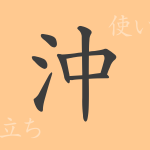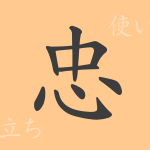When we look up at the sky, our thoughts often drift towards the concept of “宙(ちゅう),” which extends far beyond just a space. This single character carries deep meanings ingrained within the Japanese psyche. Let’s embark on a journey through the world of the commonly used Kanji “宙,” exploring its origins, modern usage, readings, and the number of strokes, delving into the enigmatic world of this Kanji.
Origins of “宙(ちゅう)”
The Kanji “宙” originated from ancient Chinese pictographs. Initially representing the flame rising above a fire, its meaning evolved over time to signify ‘the state of being suspended in the air,’ and now “宙” refers to the entire space, especially between heaven and earth.
Meaning and Usage of “宙(ちゅう)”
The Kanji “宙” is used in various contexts to denote space. It appears in words like “宇宙(うちゅう)” for outer space, and in terms like “空中ブランコ,” which refers to an aerial act like trapeze. It can also metaphorically mean something that stops midway or does not conclude.
Readings, Stroke Count, and Radical of “宙(ちゅう)”
The Kanji “宙” is fundamental in Japanese literacy, encompassing basic knowledge about its structure and use:
- Readings: On’yomi “チュウ”, no specific Kun’yomi.
- Stroke Count: 8 strokes.
- Radical: 宀(うかんむり).
Phrases, Idioms, and Proverbs Using “宙(ちゅう)”
There are many idioms and phrases involving the Kanji “宙,” each illustrating the richness of Japanese expression:
- 宙返り(ちゅうがえり) – A somersault, an action of turning over in the air.
- 宙ぶらりん – Describes an unresolved, unclear state or situation.
- 宙に浮く(ちゅうにうく) – Means being in a state that feels unreal or where no conclusion has been reached.
Conclusion on “宙(ちゅう)”
Our exploration has deepened our understanding of the Kanji “宙,” from its origins to its modern implications and use in phrases and idioms. This character plays a vital role in our language, reflecting its breadth of meaning in everyday use. The next time you encounter “宙,” the insights gained from this article might lead to new discoveries and appreciations.

























